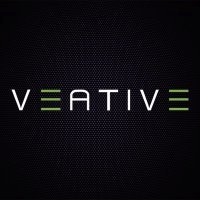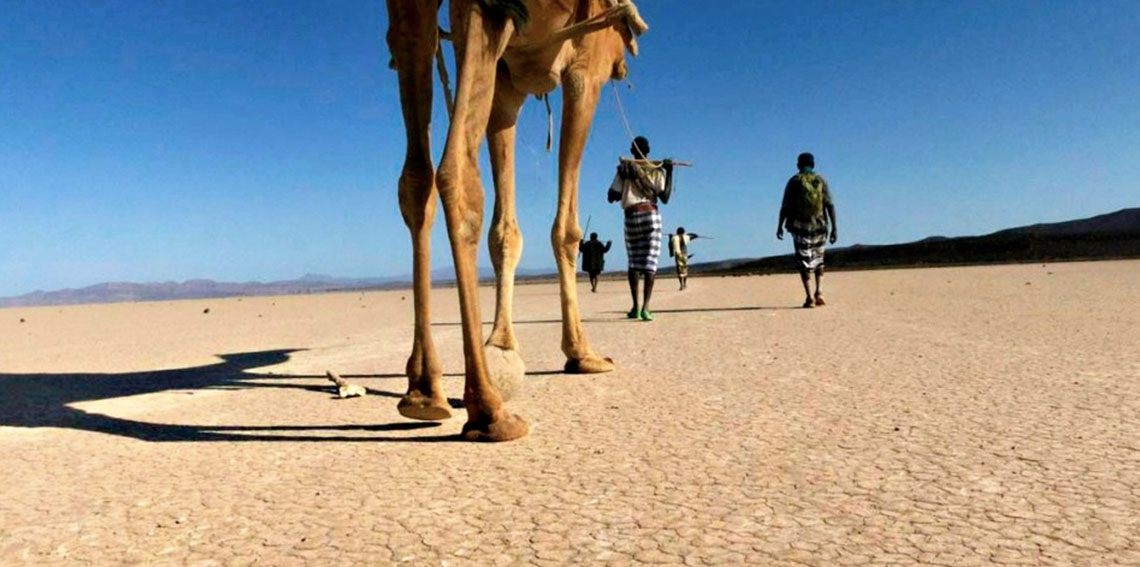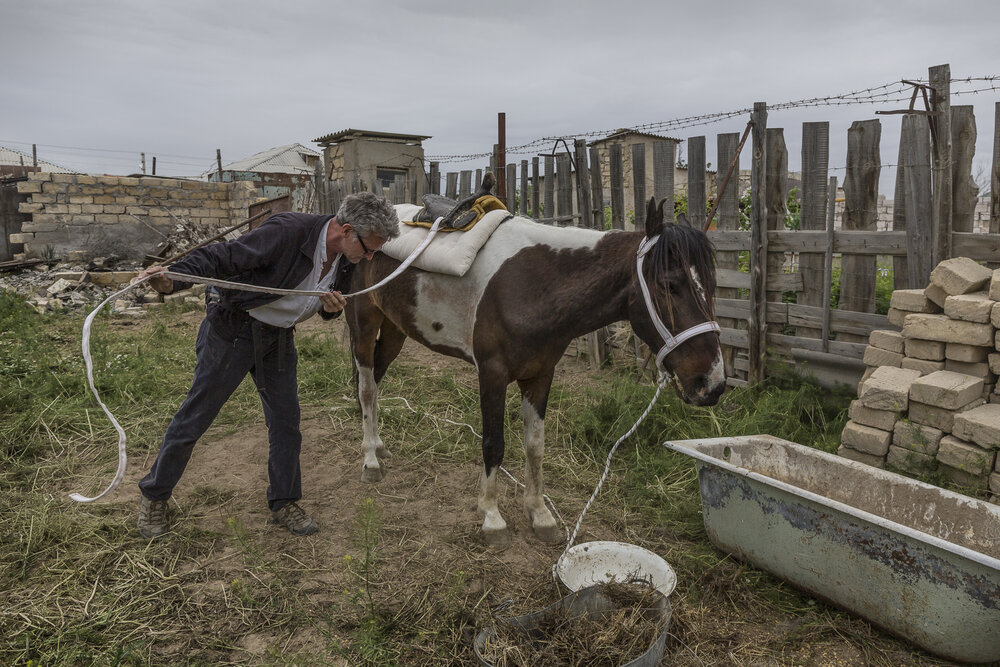Home » Uncategorized (Page 4)
Category Archives: Uncategorized
Virtual Reality in the Classroom
by Shelby Garrison, Garris37

Virtual reality can be such an awesome tool for the classroom! I have actually gotten to attend a meeting while doing field study in a classroom using virtual reality and it was so interesting and amazing to watch. I wish This tool was around when I was in school, it definitely makes learning more interesting. This was especially cool for sciences and engineering. It give students opportunities to travel to different places and see all kinds of different things without even leaving the room. The seminar I got to participate in involved dissecting a pig all virtually!
How does this affect teaching and achieving the SDGs? Well there are tons of opportunities for students to see first hand the issues that need working on first hand through virtual reality. There are companies that actually make virtual reality content specifically for people to use them to help spread awareness around the goals.

Google Earth Tours and Collaboration
Google Earth tours allow people to create virtual tours from anywhere. Users can create custom guided tours for everyone to use. Users are able to mark specific spots that they’ve been too. Users can narrate their tour and talk about all of the important spots they’ve been. They can share information about the history of the spot and the importance behind it. Users can add images, texts, and videos. They can share their tour with anyone they want.

The video above shows an example of a google Earth tour. This tour takes you on a trip to the west coast national parks.
Google Tours and Global Collaboration
Google tours can be used in global collaboration. Global collaboration in the classroom allows students to engage with other students from all around the world. It can be a beneficial tool to use in global collaboration because it can bring students to different places. For example, let’s say a student is collaborating ideas with a student that lives in Paris, France. The other student can look up Paris, France and find interesting features about the place. This allows the students to get a different understanding of each others cultures. It also allows the student to learn more about the history of a certain place. The students can collaborate the different and similar features about where they live.
Use this link to create your own Google Earth Tour.
Collaboration
Collaboration is crucial in childhood education. In all aspects of a child’s life, we see collaboration to better the child. Teachers have a collaboration with teachers from the year before to find out where their students are in their studies and their learning curve. Teachers also have to have a collaborate with parents because parents have a duty at home to help the students reinforce material that they learned in school. Collaboration is essentially teamwork to meet a certain goal.
![What is Collaboration? Definition & Types of Collaboration [Wiki]](https://kissflow.com/wp-content/uploads/2020/11/What-is-Collaboration.jpg)
Who or What is Veative?

Veative is a company with the goal to augment the current capabilities of individuals and teams to enhance what each of us is capable of. They are striving to unleash the power of immersive technologies to allow people move, see, hear and speak with a greater sense of speed, precision and understanding.
This company has over 650 VR modules for teachers to pick from. Ranging from Chemistry and Physics to Language Learning to Educational Tours. While this blog will be primarily on the Educational Tours aspects of Veative, this company is not just exclusive to that subject as shown in the content showreel.
Veative allows it’s users to go into Virtual Reality and walk around some of the worlds most iconic structures and places. From the Statue of Liberty to the Colosseum to the Great Wall of China, Veative has formed a great digital library of great human achievements. Here is a link to their collection.
These tours make it possible for teachers to take their students on virtual field trips across the globe. An Italian teacher who lacks the resources to take their students to Italy can instead use Veative and take them to the Leaning Tower of Piza. And after the students have explored the fantastic environment they could have a video call with a class the lives near the structure, or one that has visited. There are even more possibles with Veative then just that!

What devices does a teacher or student need to use Veative? Luckily, many of Veative’s tours can be used on, up to, six different devices. One such being Google Cardboard, where a smart phone is placed in to a simple set of googles made from cardboard. Other applicable devices include Google Daydream, Samsung Gear VR, Oculus Go, Pico, and EduPro.
What are you Educators waiting for? Bring Virtual Reality into the classroom and collaborate globally already! The technology is here, it just needs you to use it.
Like this blog? Check out my twitter to links to other just like it! Thank you.
Google Cardboard in the Classroom
Google cardboard is a cheap resource that can be used to enhance global learning in your classroom! Google cardboard will grab the attention of all students and keep them engaged in class.

What can you do with Google Cardboard?
- Virtual field trips all over the world
- Watch 3D videos on youtube to explore different parts of the Earth
- Look at 3D exhibits with Sketchfab
- Use Google Maps to walk around different cities
- Encourage students to take 3D pictures of places they visit, so they can share them in class with Google Cardboard (https://ditchthattextbook.com/12-ways-to-use-google-cardboard-in-your-class/)

How can Google Cardboard Enhance Global Learning?
Google cardboard can open a door for students to learn about any place in the world. However, it takes learning to a completely different level by letting students “travel” to each destination. They can travel to any city, any country by the click of a few buttons and explore the beauty of it. By allowing students to explore in this way, it gives them a unique experience that will stick with them for a long time!
Thank you for reading!
Jillian DeMore
@Demorejillian
Out of Eden
Out of Eden is a website that follows the journey of Paul Salopek. Salopek is following the footsteps of immigrant ancestors, literally. His plan is to “rediscover our world”. There are many different journey’s to follow on the website, I chose to follow Salopek’s journey through Myanmar.
‘Plauge Trails’
This journey started in the height of Covid-19, which was an uncertain time for the entire globe. Salopek had to put a halt to his journey in Myanmar, just like we all had to put a halt to our everyday lives. Salopek explained how he has come in contact with plenty of disease throughout his journey, but nothing that has forced him to completely stop. He settled in a small farm town and waited for this all to pass. ” The ancient humans I follow hunkered for 10,000 years on the vanished land bridge between Siberia and Alaska, waiting for glaciers to melt. If nothing else, long walks teach patience. And that destinations are always uncertain.” (Salopek, 2020).

‘Trailing Ghostly Giants’
On this point of Salopek’s walk, he comes across a home of Asian elephants. I thought this was so amazing to see because, obviously, elephants are not native here. It was very interesting to see how the people were using the elephants to help with their work, and how it was so normal for them. They used the elephants as “living bulldozers”, and the elephants will retire when they turn 55. They were trained to help move and breakdown heavy objects; however, they are expensive to care for, so this process is not used often.
‘Walking Yangon’
This part of the journey included Salopek venturing through Myanmar’s biggest city, Yangon. I expected the city to be more developed, since it is the biggest city there. However, it was very impoverished. This part was not easy to watch because the city appears to be a very dangerous area. The citizens were protesting their previous election, so there was a lot of violence in the city. In the video, there is a pretty brutal protest occurring where there are gunshots heard and many citizens injured.
Out of Eden is a spectacular journey that so many of us could learn so much from. Living in America, we become blind to what other nations are still going through, but it is important to recognize these differences and how they shape the globe.
Thank you for reading!
Jillian DeMore
@DemoreJillian
MayFlower
I did a virtual field trip on the Mayflower ship. What impresses me about this topic is how 102 people lived in this cramped ship, and survived for 66 days. Of these 102 people, there were 32 children, 20 women, and 50 men. What I found interesting about this ship was its movement. Rather than the movement of a typical ship, this one was guided by a long stick called a whipstaff. The way this worked was in regiments of being on and off for 4 hours, with the speeds of the ship being clocked in every half hour. The families aboard the ship had to share beds and sleep in uncomfortable hammocks as well as positions. Parents interacted with their children through singing songs, reading stories, and playing board games! This journey seems as awe-inspiring as it is frightening!

https://www.scholastic.com/scholastic_thanksgiving/webcast.htm
Learning Around the World with Virtual Reality
Technology has become an integral part of education and the developments in the world of Virtual Reality have provided us with new and exciting ways to capture our students’ attention.

VR is allowing for new innovation in many areas and education is finding interesting ways to teach and learn. From virtual chemistry labs to virtual field trips, students can explore past, present and future in a way previously not thought possible. As we learn how to use and improve this technology, the possible applications for VR are endless.
One of the most fascinating ways to use VR in education is by using Google Earth VR. With this new tool we can travel and experience the beauty of the world firsthand without having to leave the classroom. This can be a valuable tool for students who are not able to travel.
Everyday we are learning new ways to utilize technology in education and Virtual Reality is the latest frontier. It will be exciting to see how VR develops as schools learn how they can reach more students in new ways.
Thanks for reading! If you like what you read (or don’t like what you read) let me know! @PatrickWCrowell
VR+AR
In the great world of technology we live in, everyday products are being created that can be implemented into a classroom setting to improve our abilities as teachers to fully give our students a real-world or global collaboration experience without leaving our building. The new creation that would contribute to successful global collaboration in the classroom that I found exceptional was Virtual And Augmented Reality using a platform called Google Expeditions. This application gives students and teachers the power to go anywhere they want virtually, meaning all you would need is an electronic device & depending on the scenario, a headset or classroom with lights off. This also comes with an evaluation on whether your students can handle this depending on age or if any special exceptions are needed due to health or personal needs. As a future teacher, I see this new wave of learning truly getting a step in global collaboration success!
The program Google Expeditions was kicked off in September 2015, with over 500 FREE explorations each having its own broken down subcategories for pit stops along the adventure. These stops include several panoramic scenes, curriculum connections, notes, and discussion questions to supplement the curriculum. All ranging from memorials to museums to other countries and everyday scenes in the United States of America, which in my opinion is truly fantastic. This truly gives students the opportunity to work with their peers around the world, setting them up to engage in other places outside of their everyday settings. For teachers, this program is set up in the most user-friendly way possible by having spreadsheets with all expeditions, questions, and information, and on top of it in the user page on the website, it even has teacher training slides which give teachers all the necessary information to excel with this platform. In conclusion, this program would be a perfect tool to use in global collaboration in classrooms.
“The Walk Through Eden”
Let’s take a minute to talk about a surreal life experience. I am of course talking about Paul Salopek’s 24,000-mile odyssey and his decade-long experiment in active journalism. In The Story, Paul is walking the pathways of the first humans who migrated out of Africa and into the modern-day world that we all know and love. I’m going to take you on a journey in Nation geographics “Out of Eden Walk”
The Mighty crossing of “Red Sea”
At the first start of this journey with Paul salopek we see him traveling by camel caravan out across the lands of the “Nomadic Afar” and starting his voyage toward the Indian Ocean. Paul Salopek and guide Ahmed Alema Hessan leave the Ethiopian village of Bouri and wander through a local desert tribe where they participate in local customs. Here this tribe relied heavily on the food source of the mighty Desert and its plentiful yet cruel bounty. I really felt like this was a demonstration of basic human nature.

The Journey of the sacred lands
The next part of our adventure takes us through the desert expanses of the Arabian Peninsula. Here Paul Salopek takes the walk and journeys towards the north into holy lands that created the three great monotheistic faiths. Here he journeys down the jorden and into Saudi Arabia. It was great to see how many cultures can go together in one region to worship their beliefs.

The Silroad crossing the “Caspian”
Our journey leads us to a few years ago in FEBRUARY 2018 Salopek and his journeymen are still on a quest. Here he crosses the threshold of Central Asia. it led us to modern-day country Kazakstan. on the ancient quest, he was on the start of the silk road as we knew it. Horses were domesticated in Kazakhstan and still are to this day. As cargo animals are essential to daily life there. It was eye-opening as a modern country also incorporated “living off the land.

Recent Comments